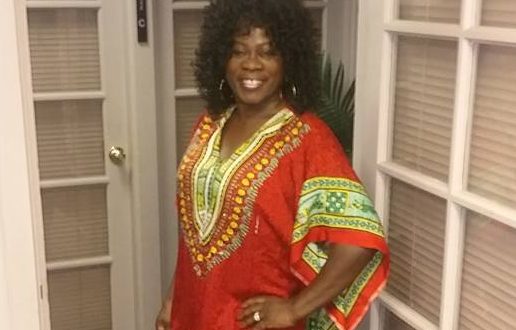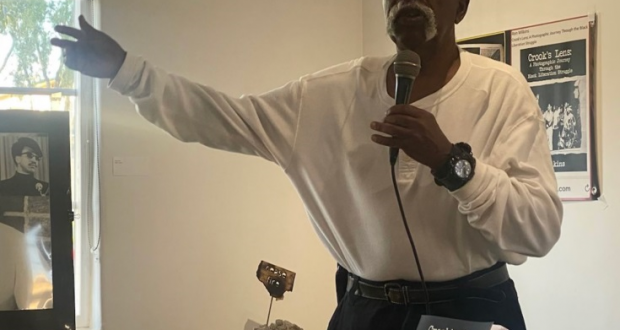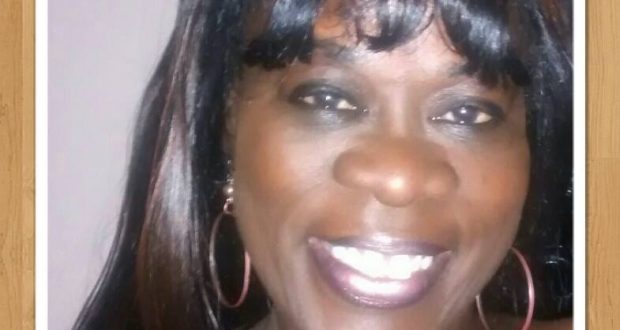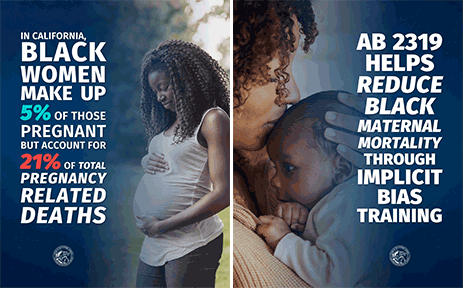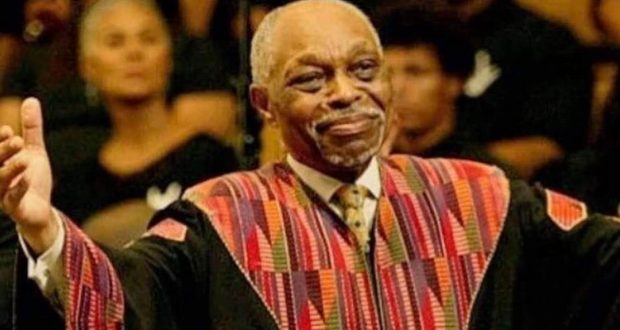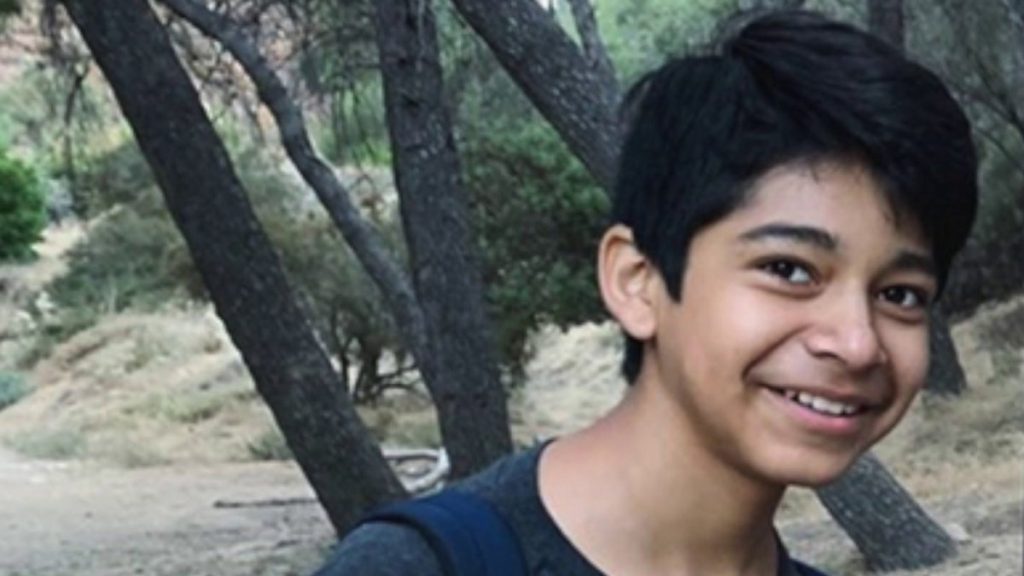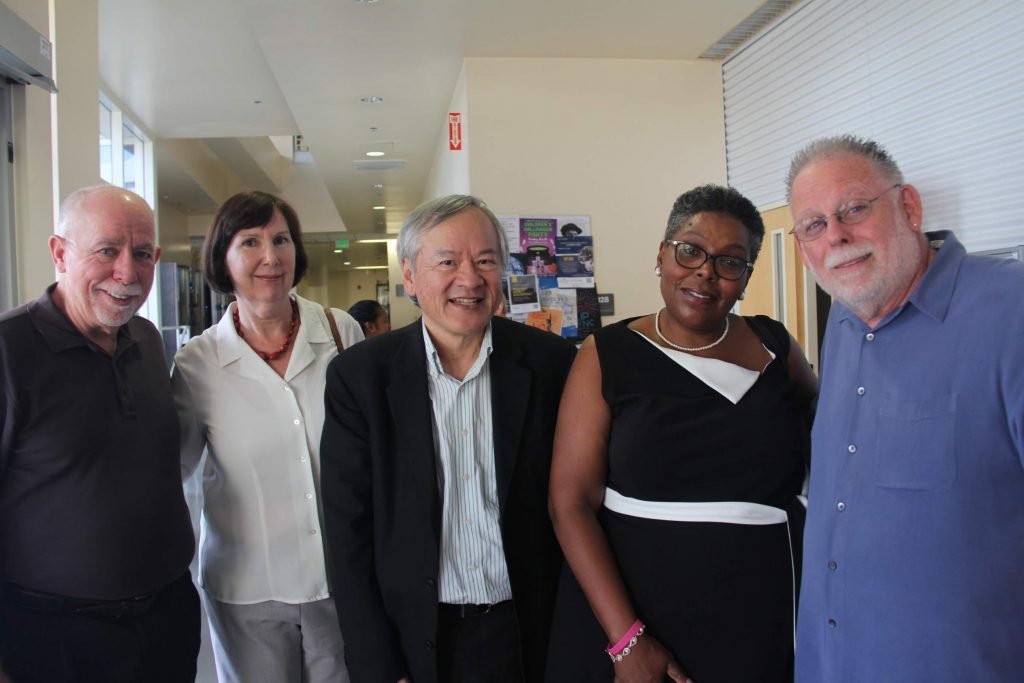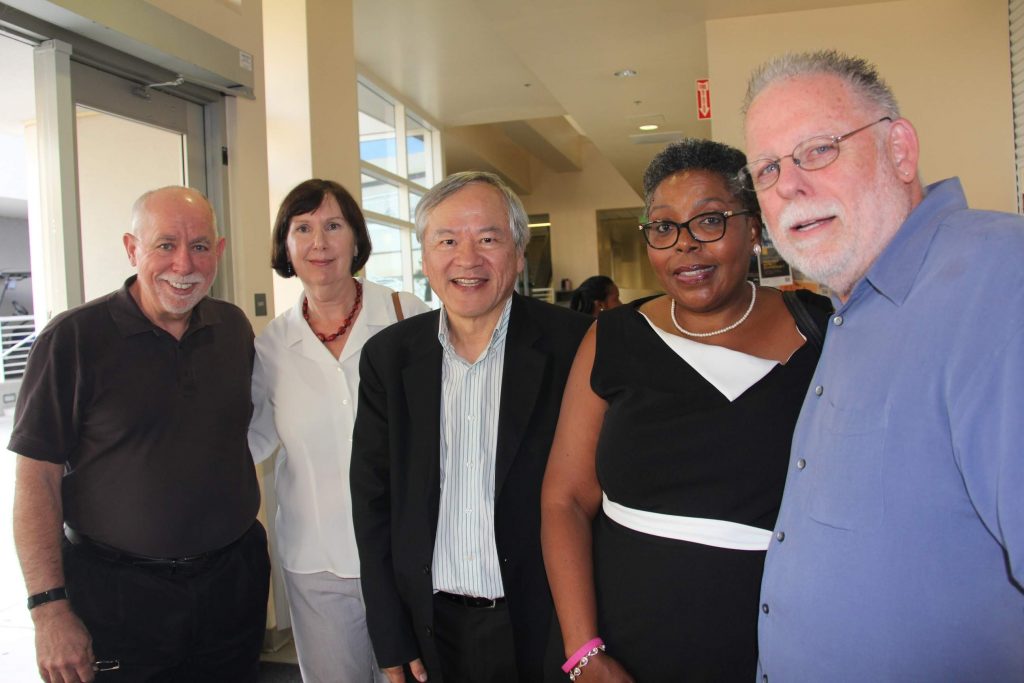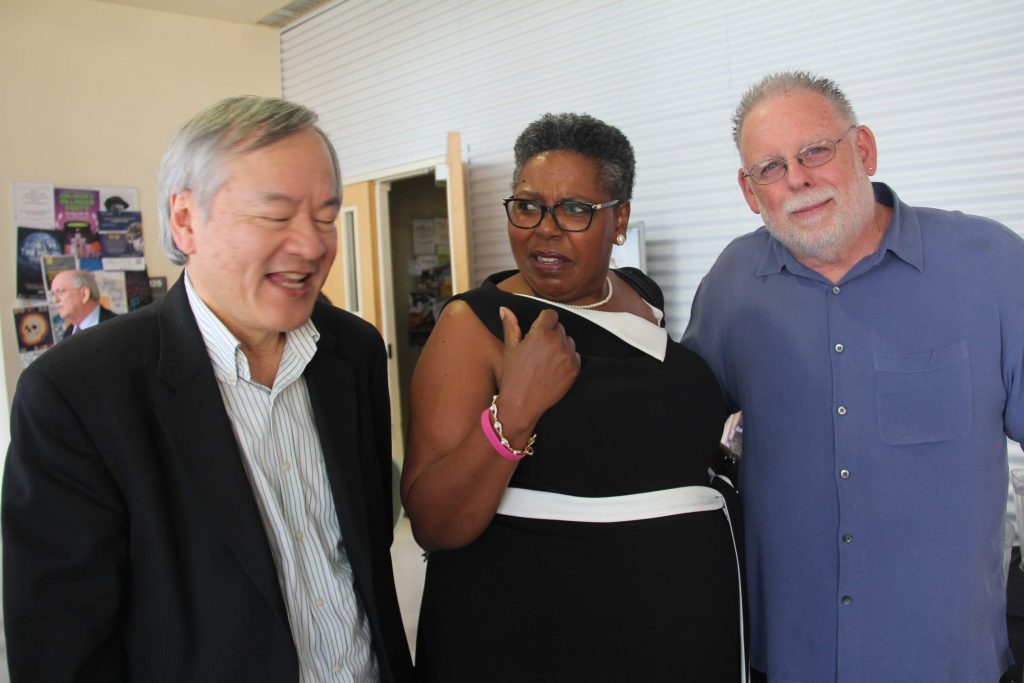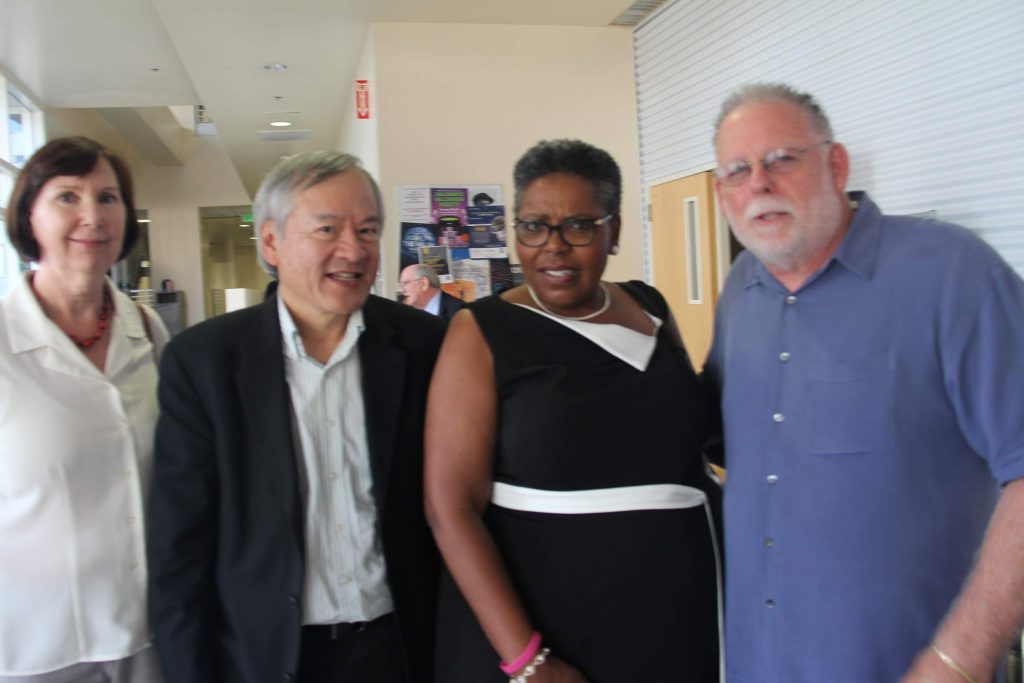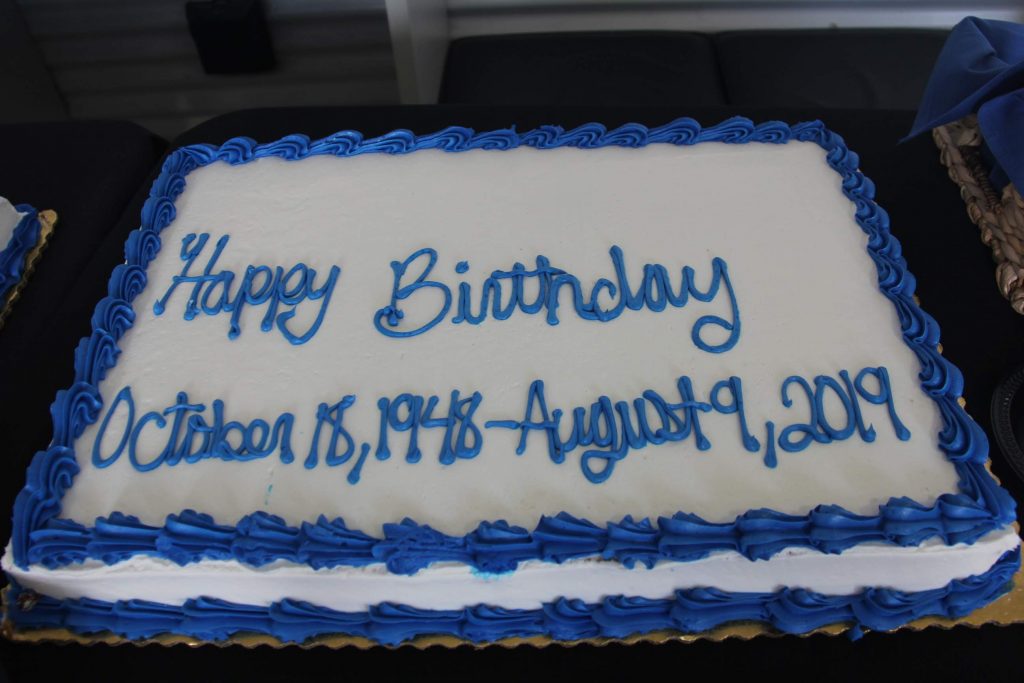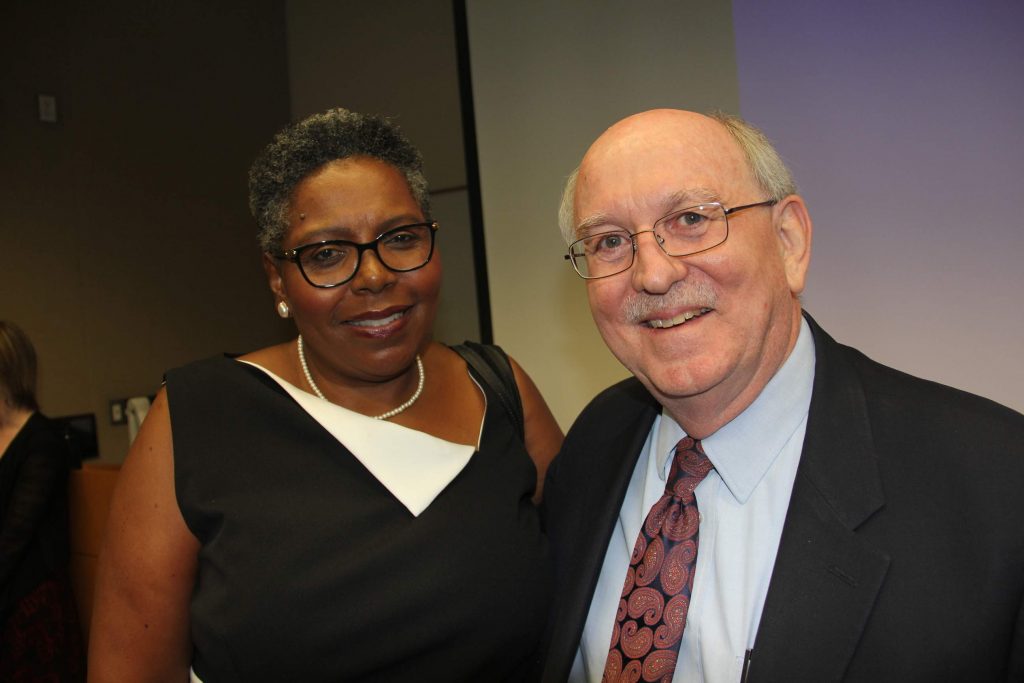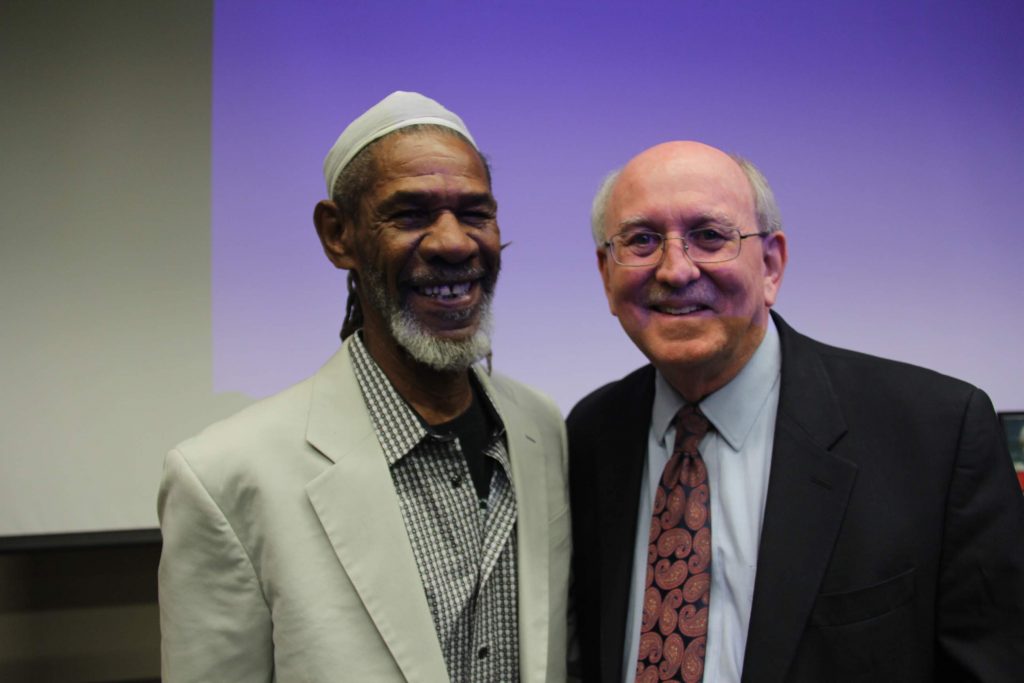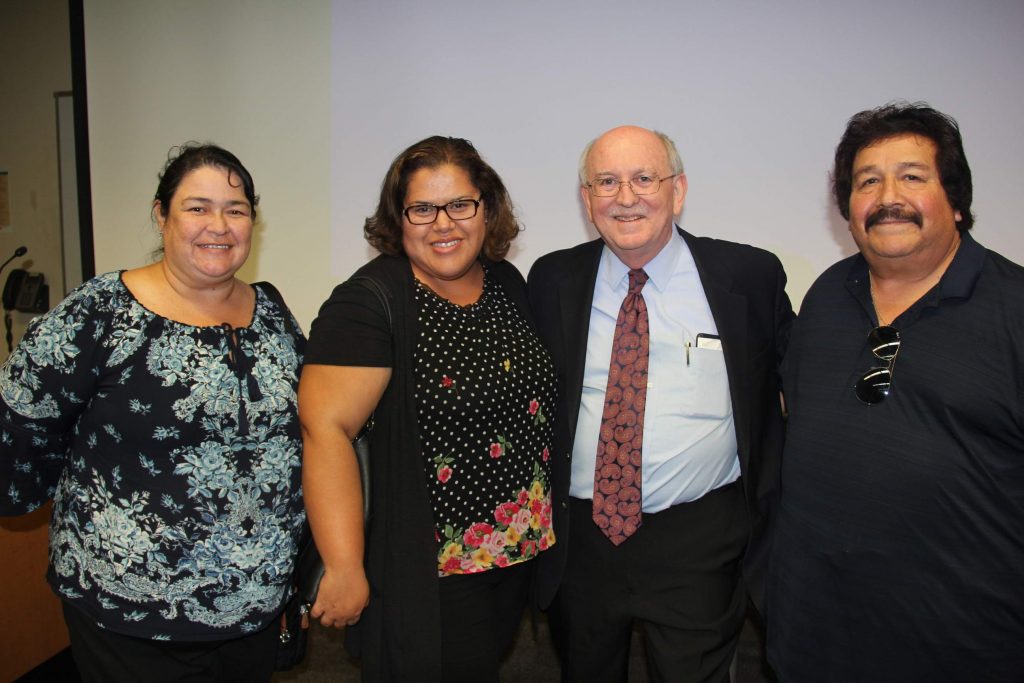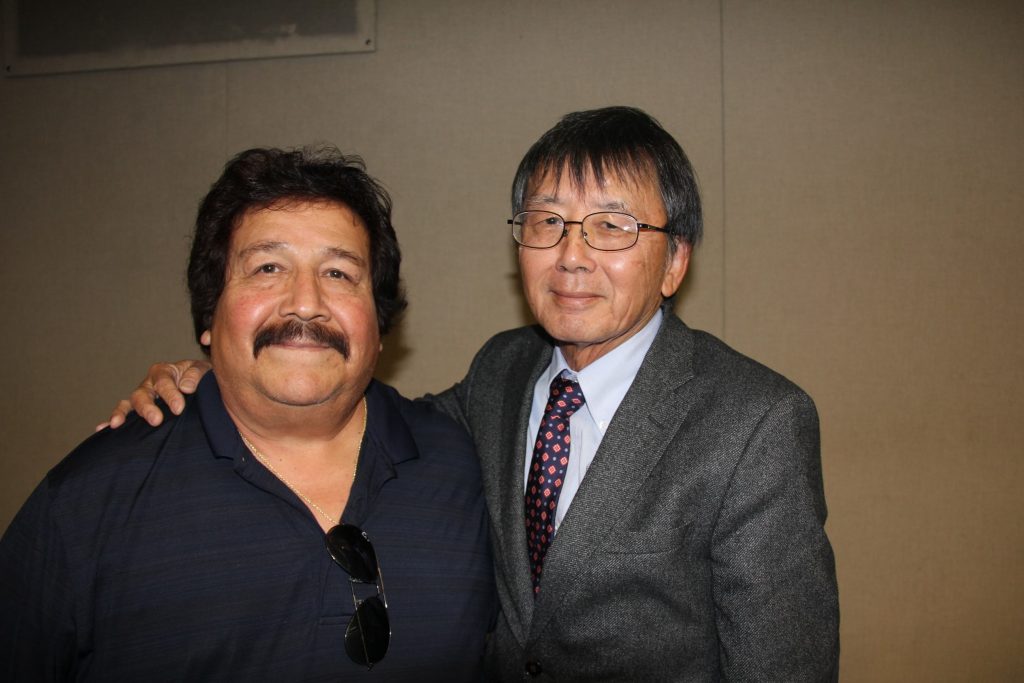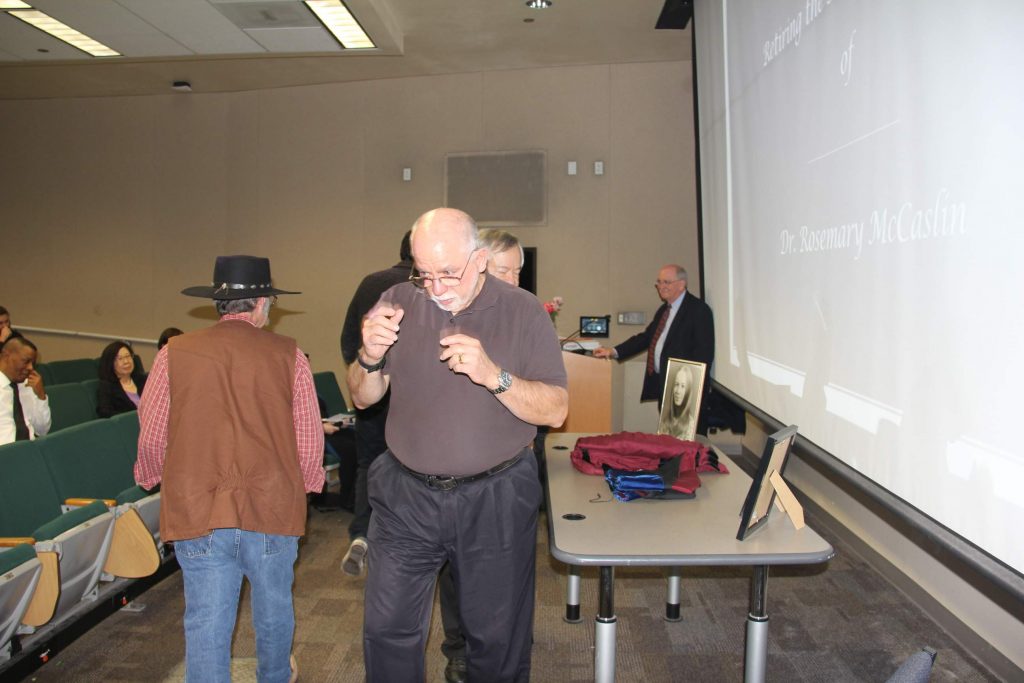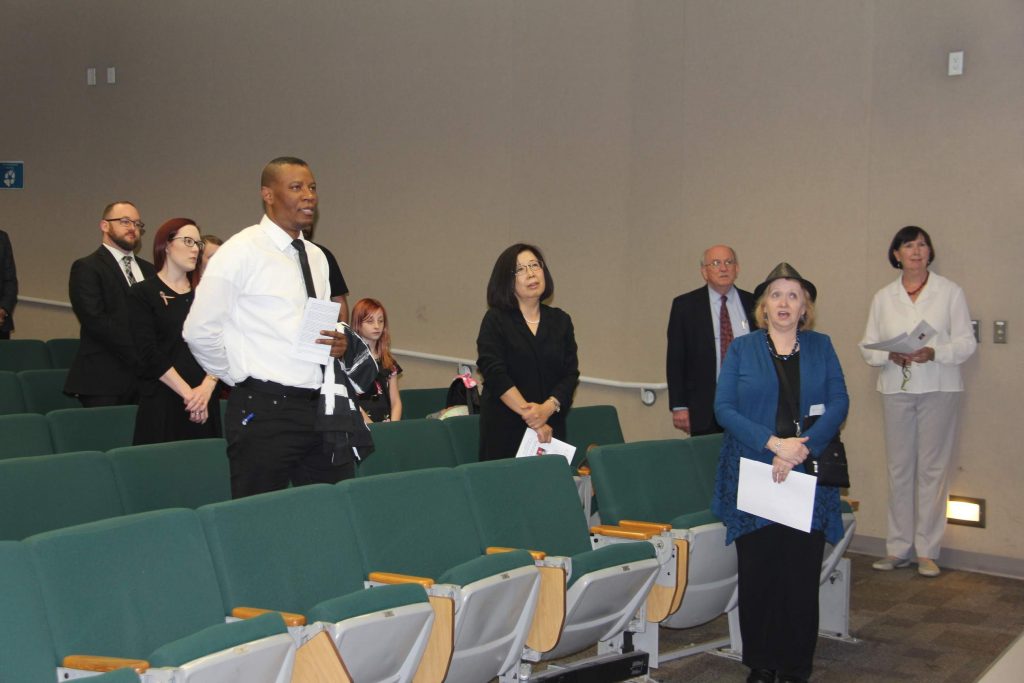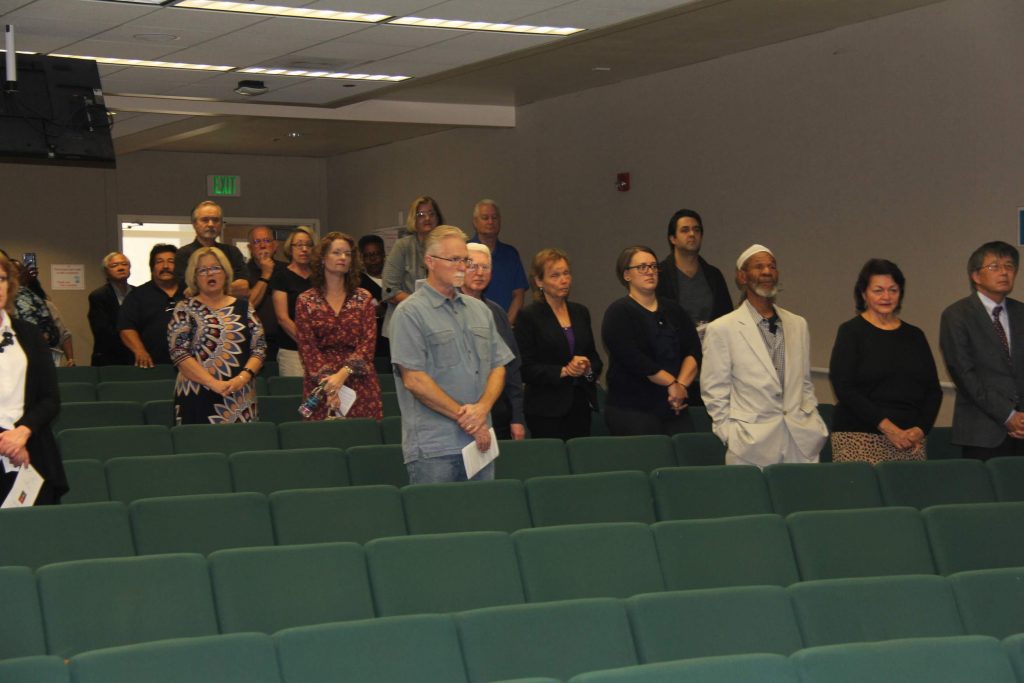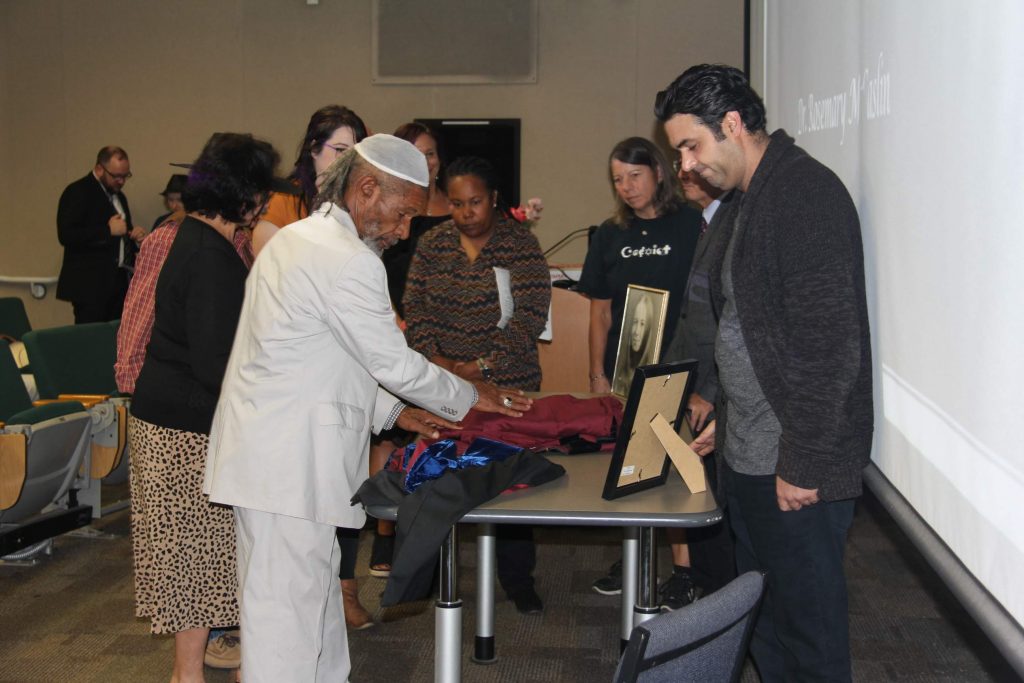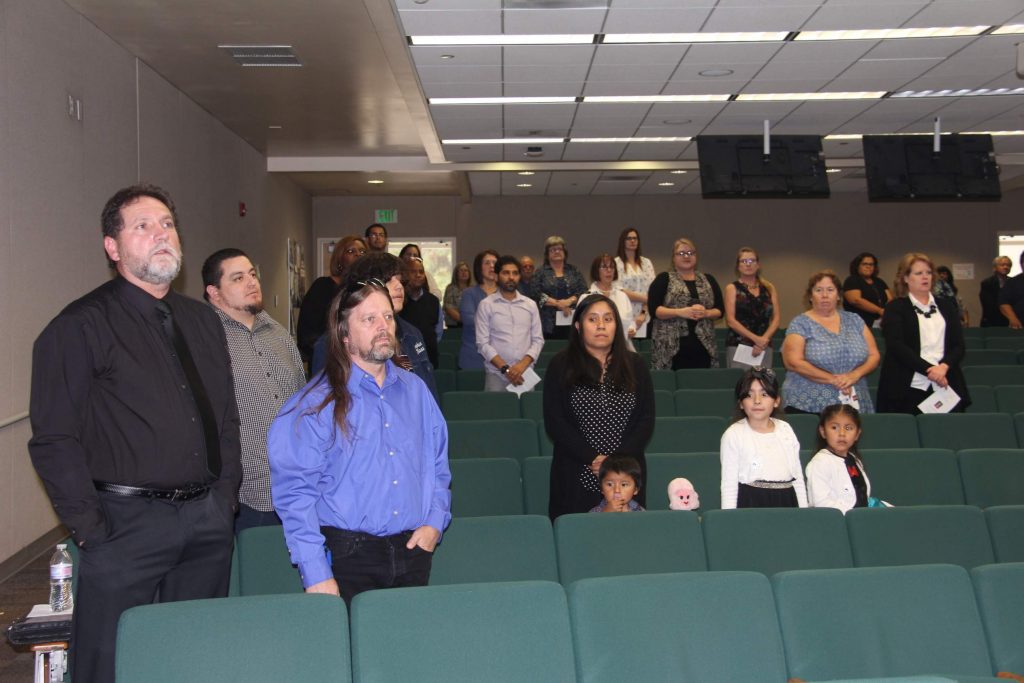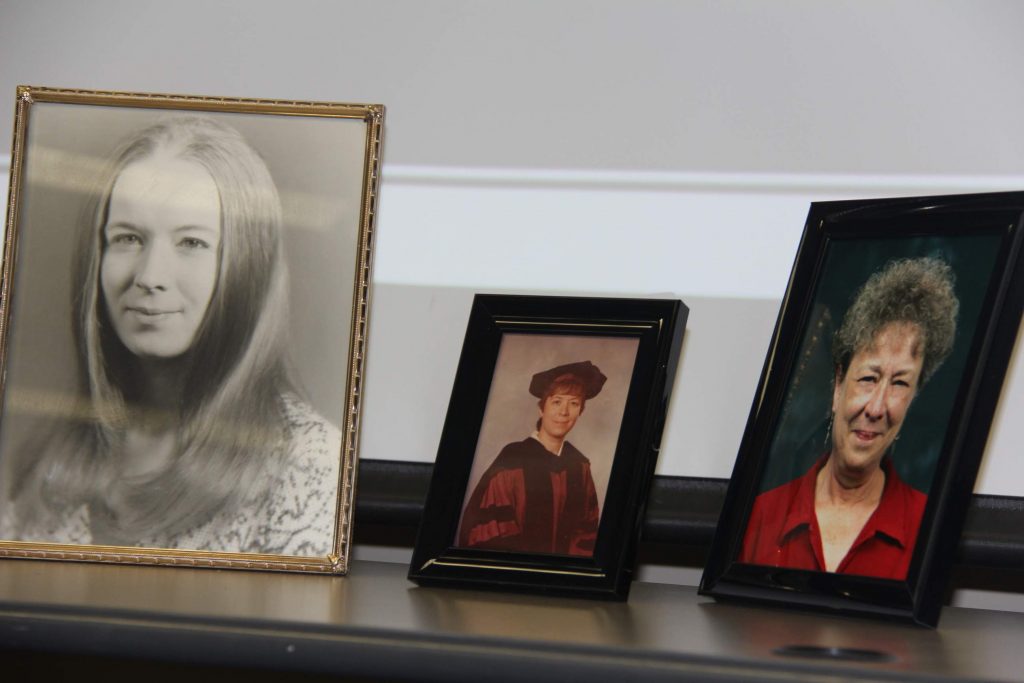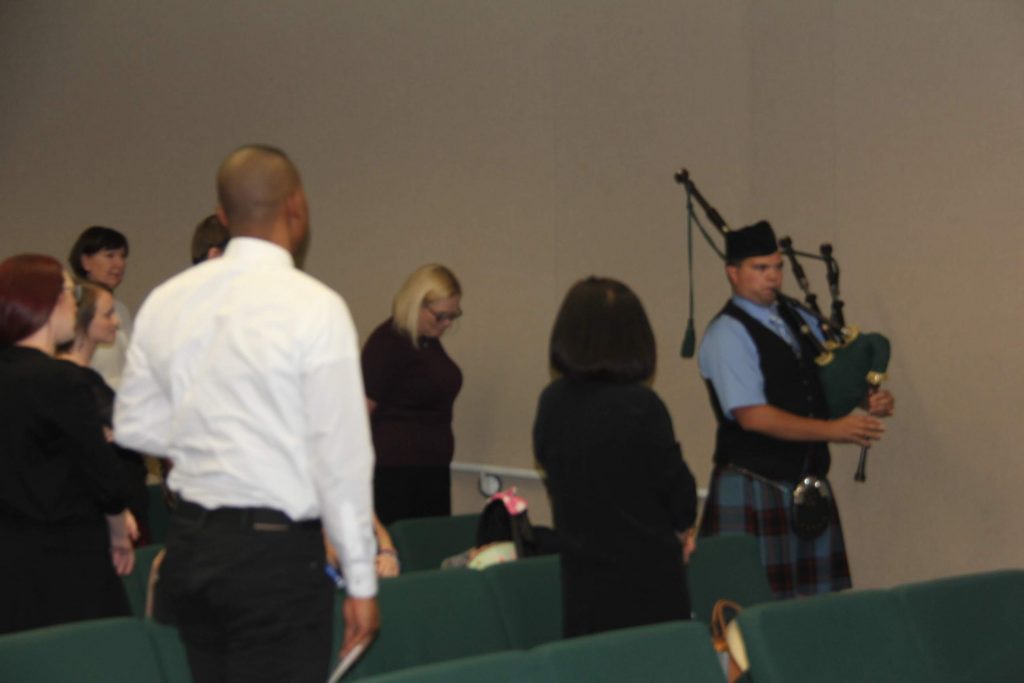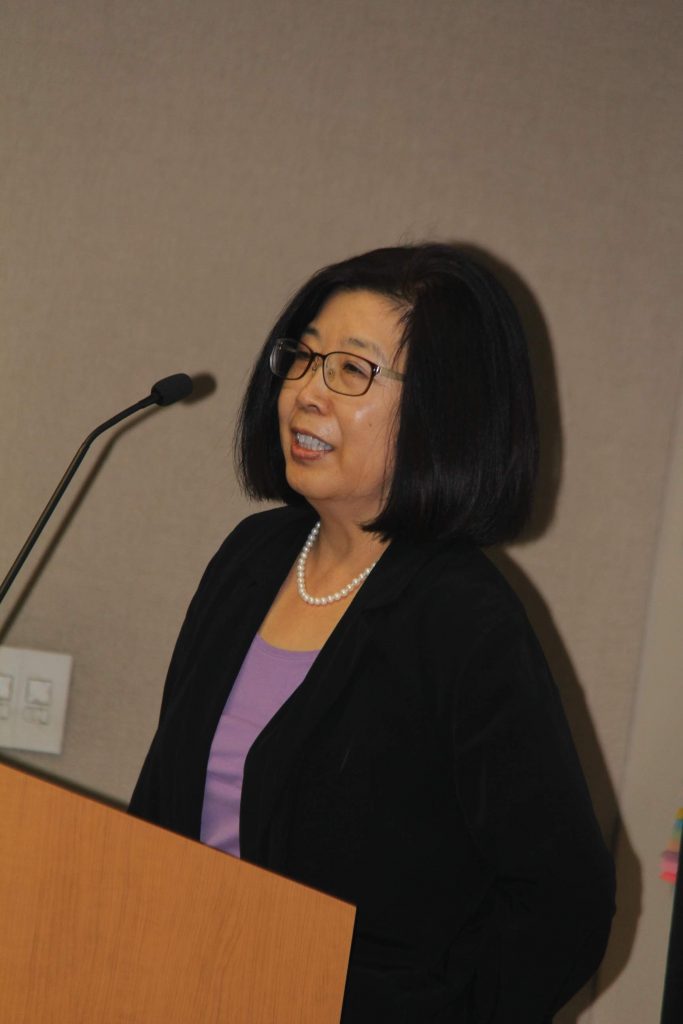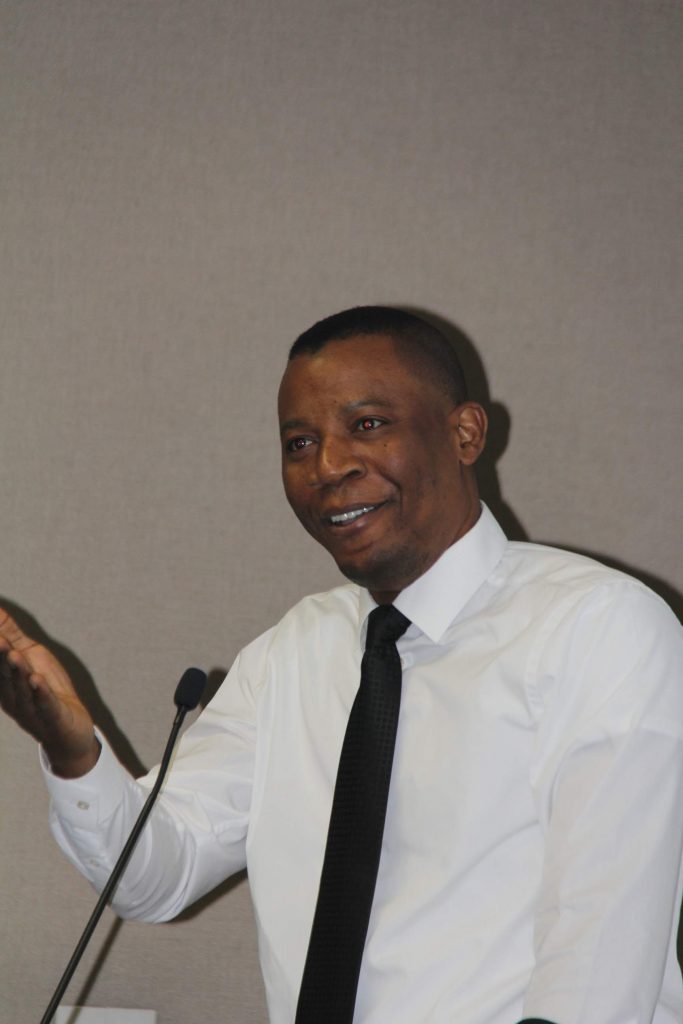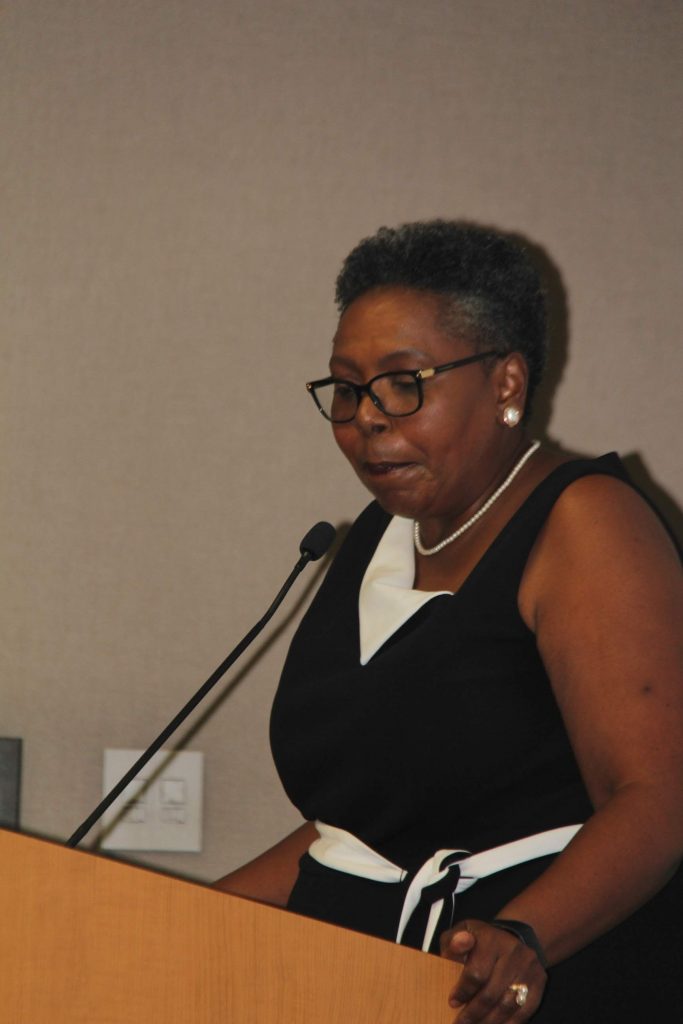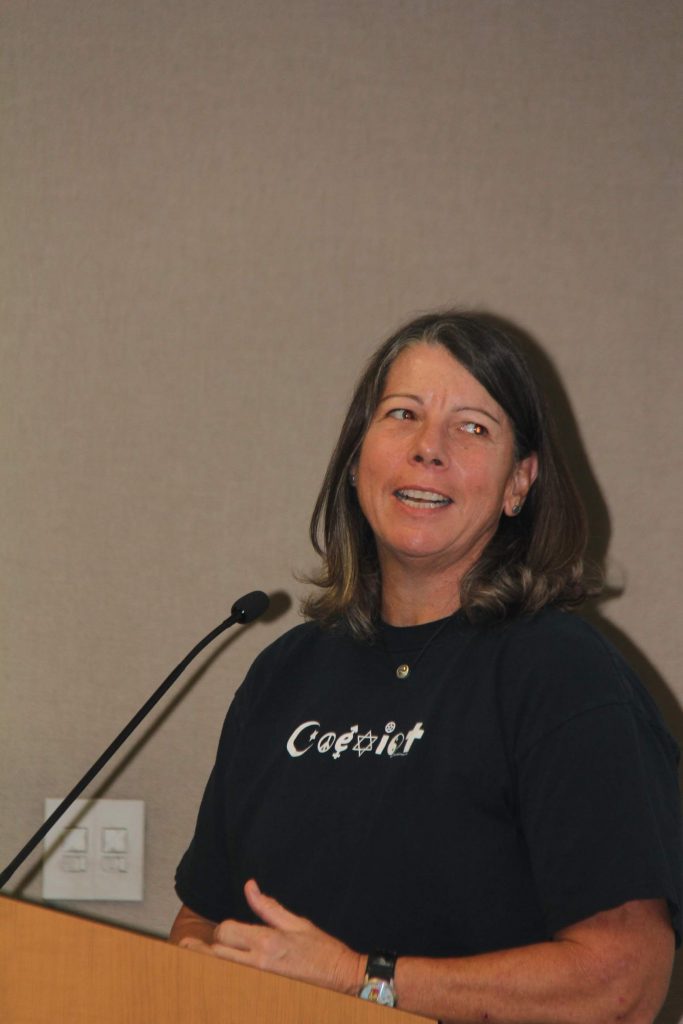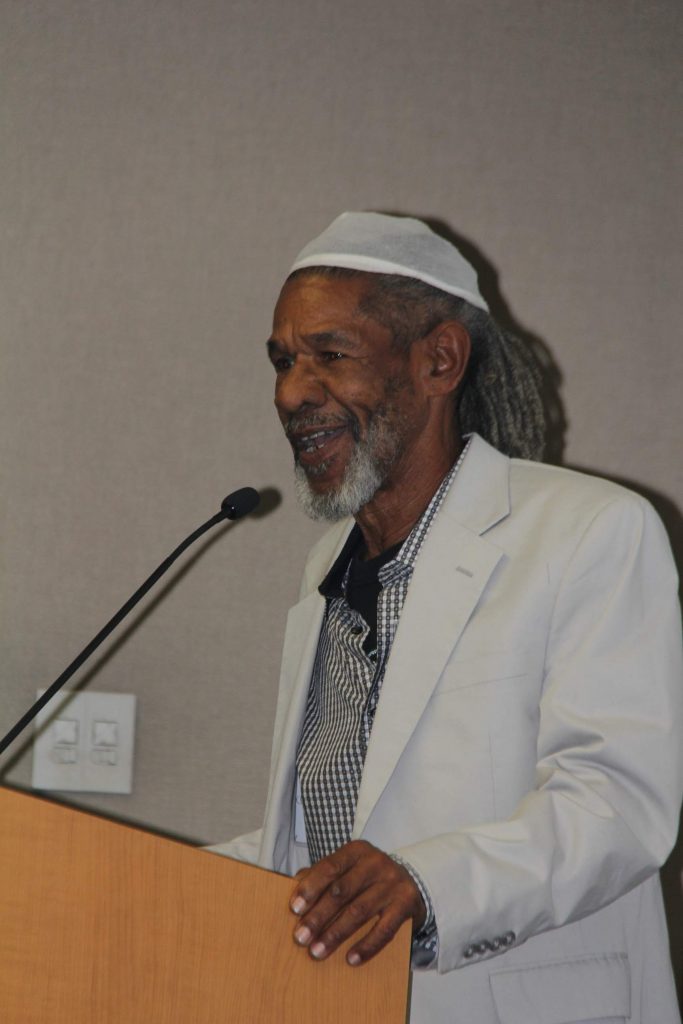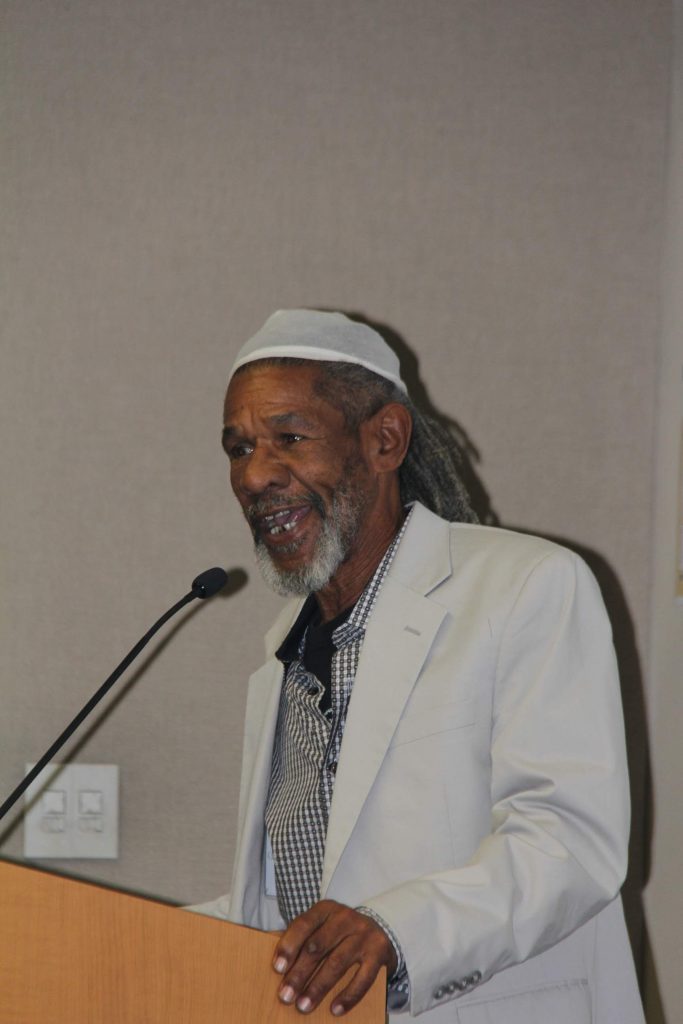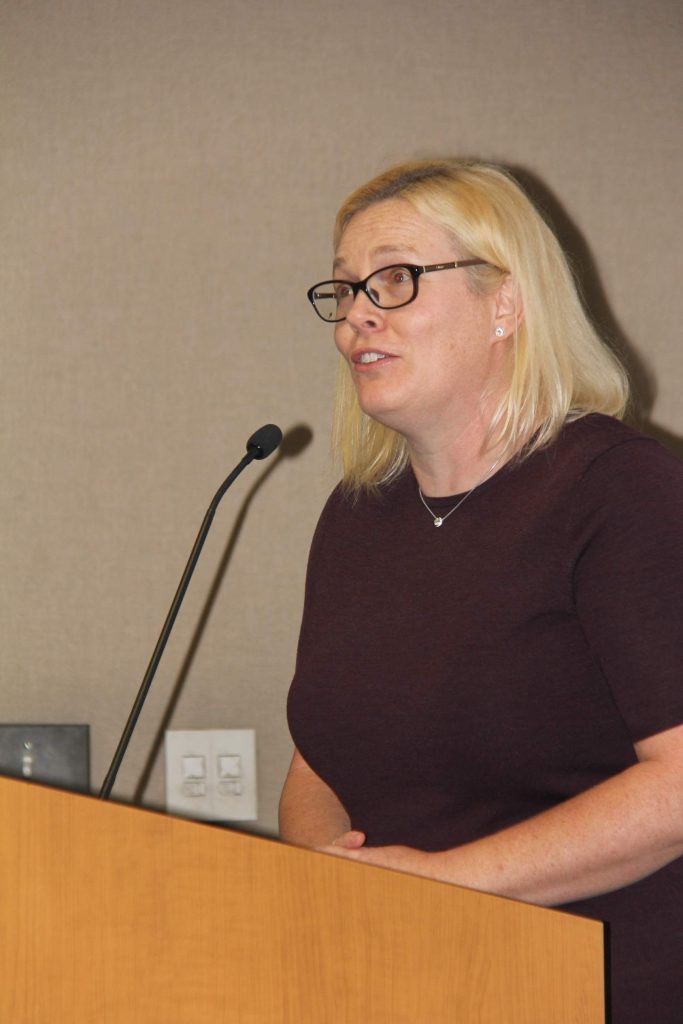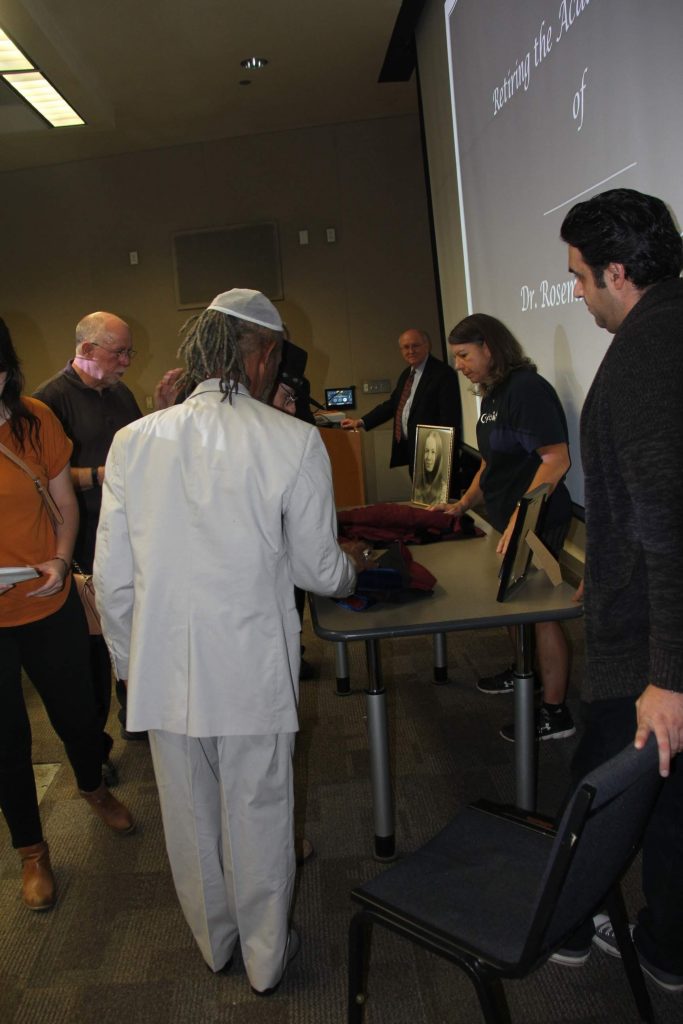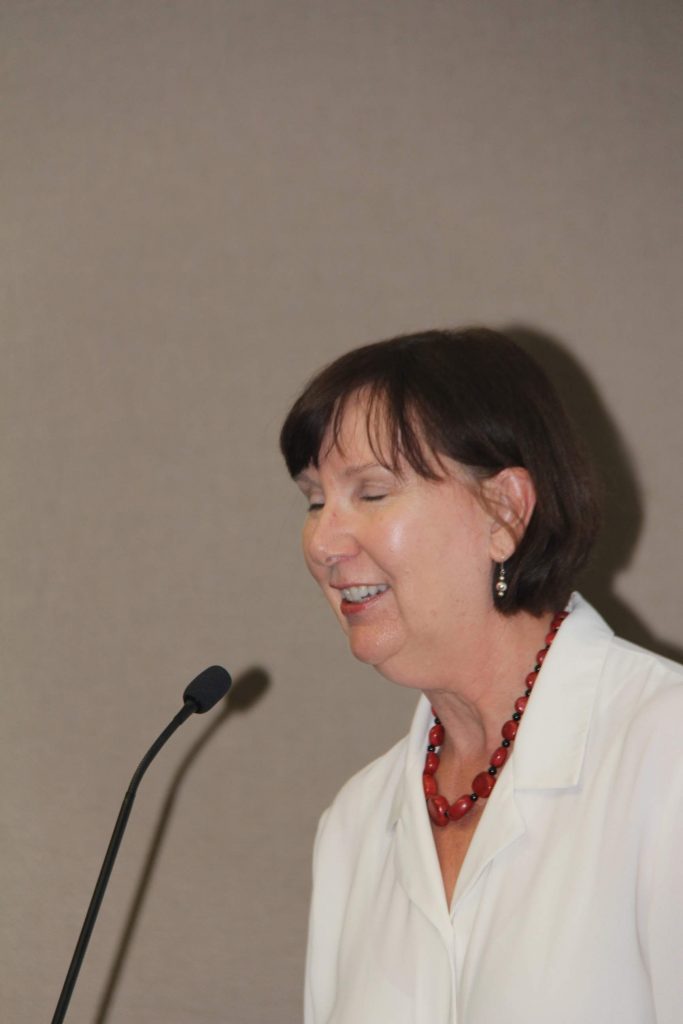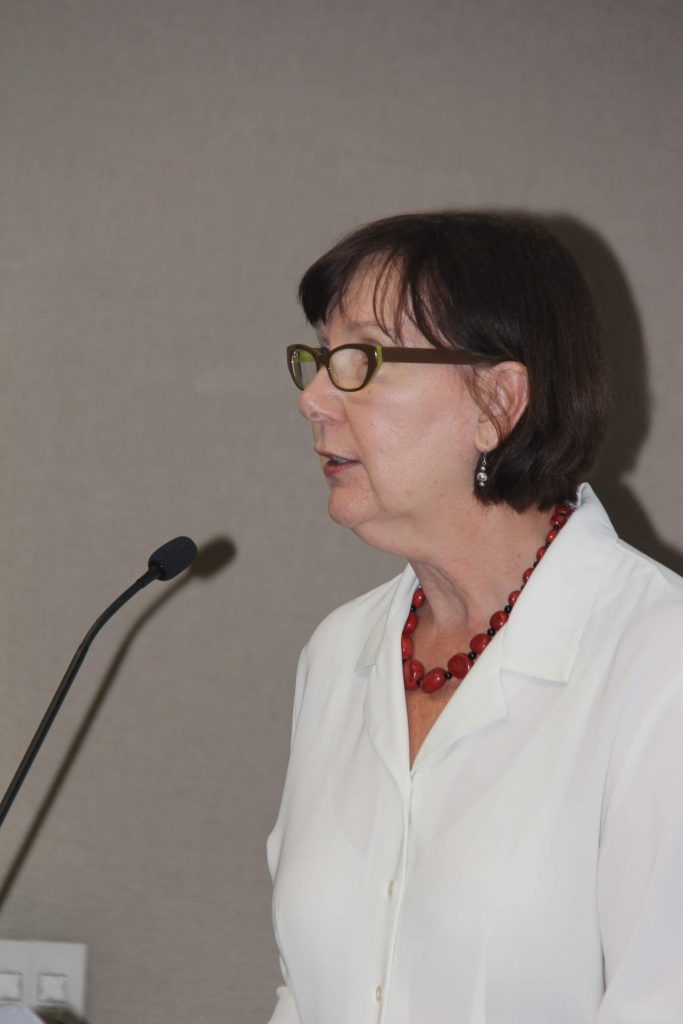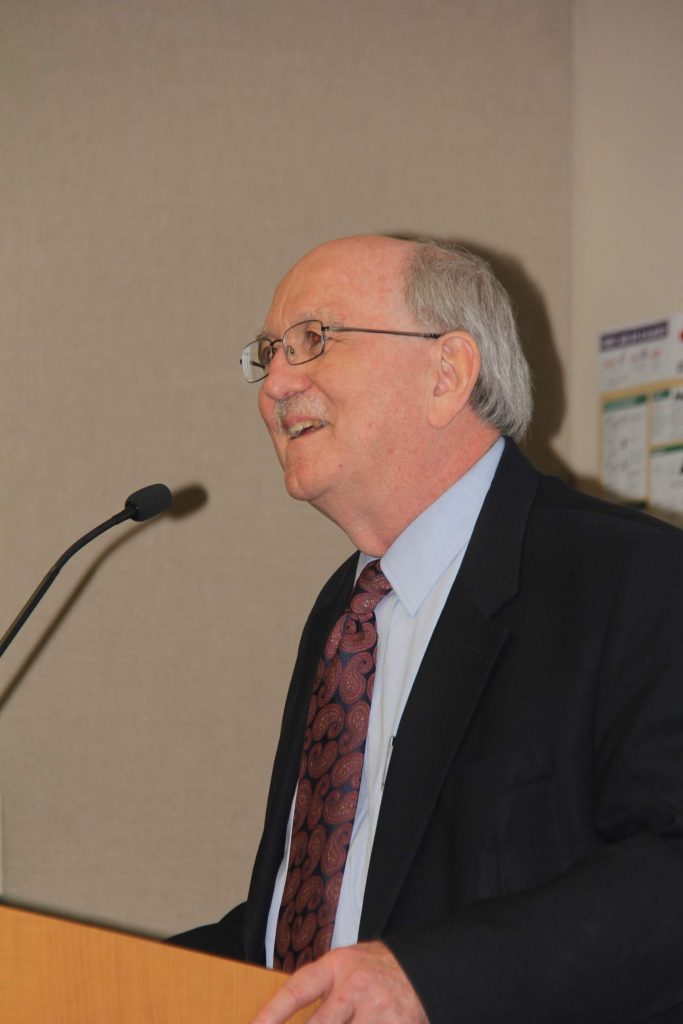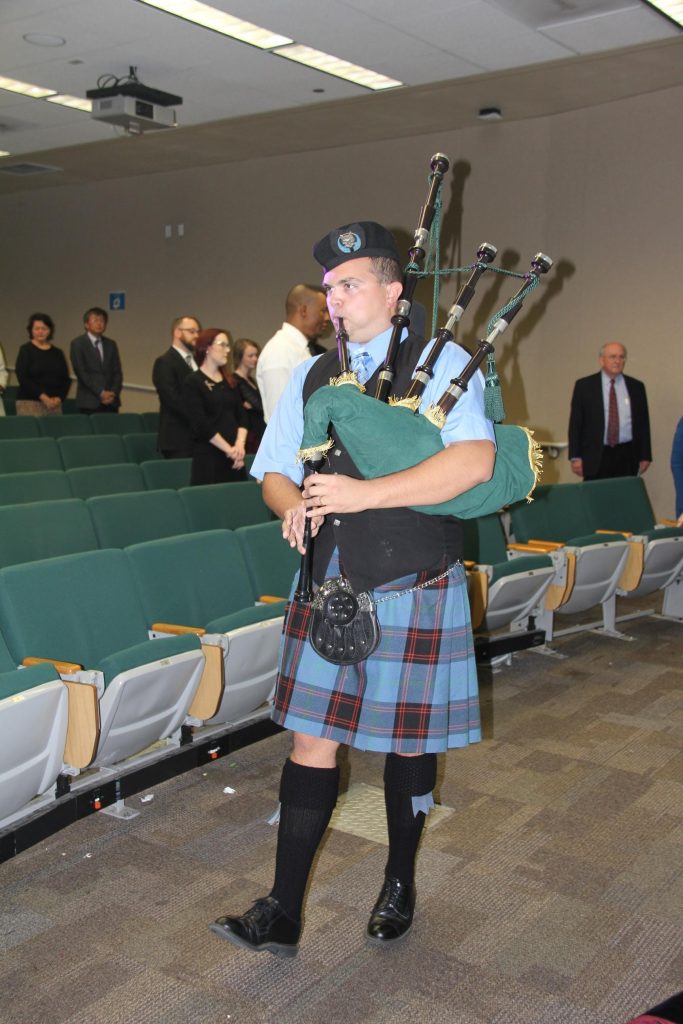By Lou Yeboah
As believers we’ve all been there. We pray, and we pray, and we pray some more, but in return our prayers are not answered, atleast when we want them. And this silence can be difficult, frustrating even excruciating. Well I want you to know that you are not the only one where, whom have experience, “The Silent Treatment,” so to speak. The Bible tells the story of a man named Job, who was well acquainted with God’s silence. In his pain and suffering, he cried out to God. He asked for answers. And he kept asking. But for the first 37 chapters of the Book of Job, his cries for God’s help and relief were met only by God’s deafening silence.
I want you to know that as Christians, we are not always going to hear God’s voice, but from Job we can learn a few practical things to do when God seems silent. Examine our lives. Begin by asking ourself the question, is there any unconfessed sin in my life? And make sure nothing is blocking you from being able to hear God’s voice. [Psalm 66:18] Accept God’s Sovereignty. Recognize that God can be silent. There is no obligation for God to answer you, inform you or let you know anything. He is able to do as He pleases always, everywhere, forever.
You know the Gospel of John tells a story about Jesus’ friends Lazarus, Mary and Martha. When Jesus found out that Lazarus was ill, he didn’t rush to Lazarus’ house to heal him. Instead, Jesus stayed where he was for two more days [John 11:6]. And before Jesus arrived in Bethany, Lazarus died. To Lazarus’ sisters, Mary and Martha, Jesus’ silence could have been interpreted as neglect — that Jesus didn’t care or didn’t want to help them. This mirrors many of the emotions we feel when God doesn’t immediately answer our cries for help.
Listen, just because God seems silent doesn’t mean you should doubt Him or stop praying. God’s silence isn’t a license for you to turn your back on Him. Instead, it’s an invitation to press forward and seek Him even more diligently. The psalmists modeled crying out to God. David said, “Oh my God, I cry by day, but you do not answer, and by night, but I find no rest” (Psalm 22:2). Job also continually cries out to God, asking Him to answer. For pages of the Book of Job, God is silent. But in chapter 38, God answers — and questions Job. “Where were you when I laid the foundation of the earth?” asks God. “Tell Me, if you have understanding” (38:4). Job was reminded….God answers prayer in His time and not our….. on that note, I encourage you to “Keep Hope Alive!”
 Westside Story Newspaper – Online The News of The Empire – Sharing the Quest for Excellence
Westside Story Newspaper – Online The News of The Empire – Sharing the Quest for Excellence
